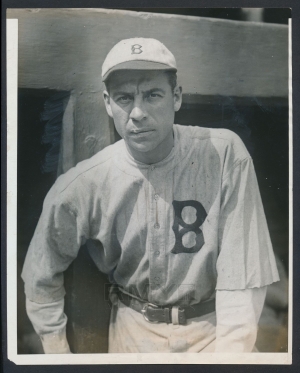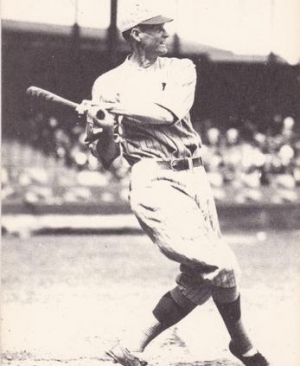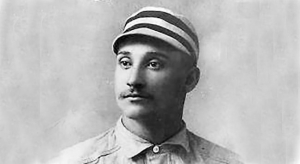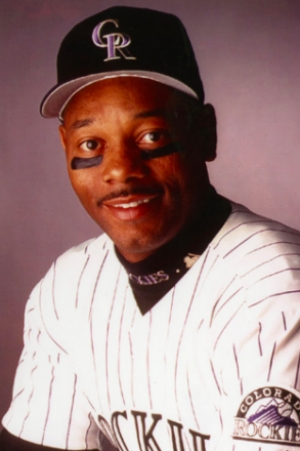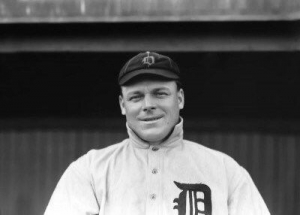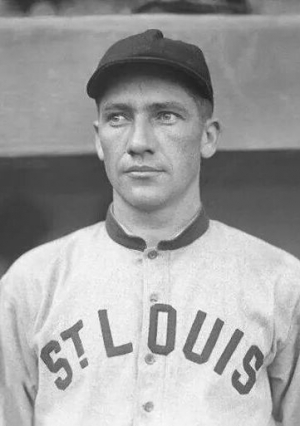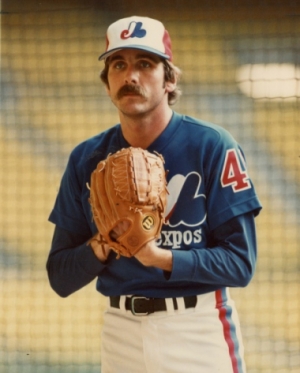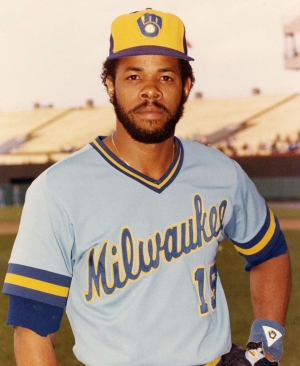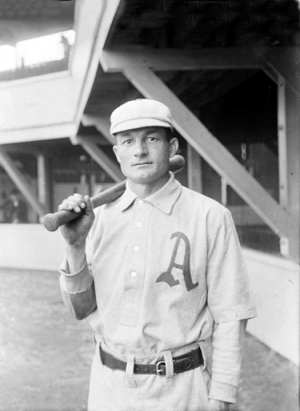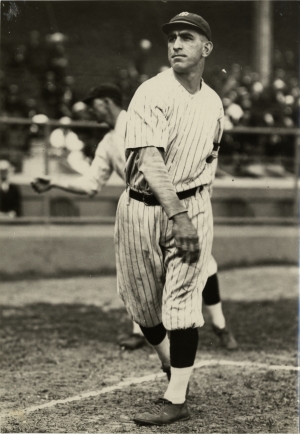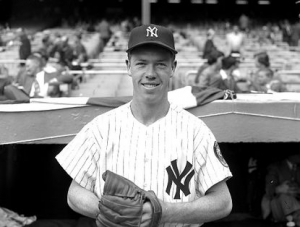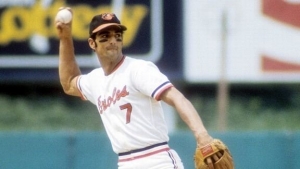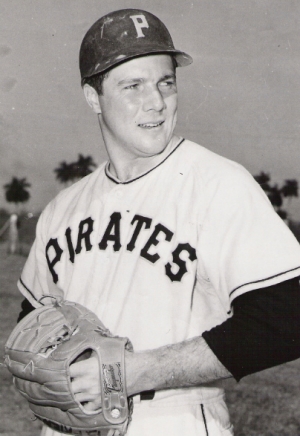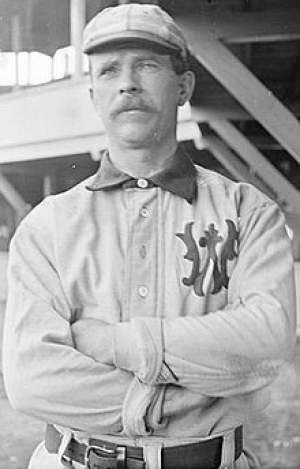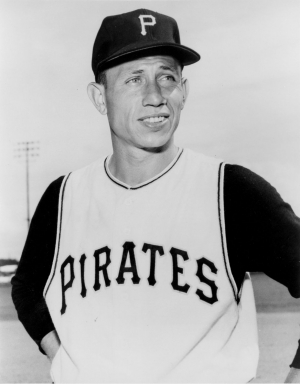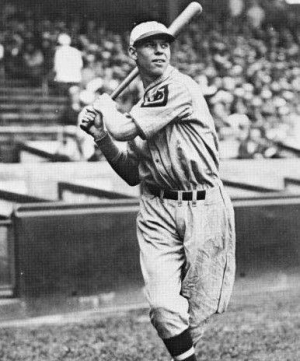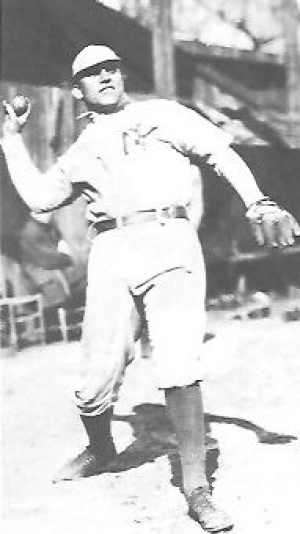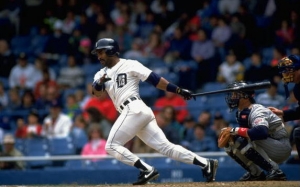Baseball
Established in 1936, and currently based in Cooperstown, New York, the Baseball Hall of Fame may be the most prestigious of any Sports Hall of Fame. Although Baseball may have taken a backseat to Football in recent years, there is no doubt that Baseball’s version of the Hall of Fame is by far the most relevant and the most difficult to get enshrined in. At present, a player has to receive seventy five percent of the votes from the Baseball Writers Association of America, which has proven to be no easy task. Failing that, a player could be inducted by the Veterans committee, though few have been inducted this way. Our list will focus on the players only, and although we could easily do a tally focusing on mangers, broadcasters or other vital personnel, as always it is far more enjoyable to discuss the merits of those on the field as oppose to those off of it.Until Then, Let’s get some peanuts and cracker jacks and cast some votes of our own!
Sincerely,
The Not in Hall of Committee.
Jack Fournier was a Manager’s enigma. He could hit well, but his fielding was so bad, that in the era before the Designated Hitter that the talented batsmen would have spells where he could not make the Majors.
Cy Williams entered Notre Dame, having only played in a handful of baseball games. He left them as an accomplished player who the Chicago Cubs signed after he finished school.
ARIZONA DIAMONDBACKS - TICKET + HOTEL DEALS
Mar 24, 2025
Buy your Tickets to see Arizona Diamondbacks - Ticket + Hotel Deals HERE!
2025 TORONTO BLUE JAYS - TD EXECUTIVE SUITES
Jan 01, 1970
Buy your Tickets to see 2025 Toronto Blue Jays - TD Executive Suites HERE!
2025 TORONTO BLUE JAYS FLEX PACKS
Jan 01, 1970
Buy your Tickets to see 2025 Toronto Blue Jays Flex Packs HERE!
2025 SEATTLE MARINERS FLEX MEMBERSHIPS
Jan 01, 1970
Buy your Tickets to see 2025 Seattle Mariners Flex Memberships HERE!
“Happy” Jack Stivetts made his big league debut back in 1889 for the American Association's St. Louis Browns. It was an exciting rookie year, as he only had a 12-7 record, but he led that league in ERA (2.25), ERA+ *186), FIP (2.93), WHIP (1.153), and SO/BB (2.10).
Ellis Burks compiled a much better career than you might be initially aware of.
George Mullin played the first eleven years and change of his career with the Detroit Tigers, and while he is not one of the most known hurlers in Major League history, he was a massive cog in the machine that was the Detroit Tigers in the late 1900s.
Del Pratt had a great rookie campaign in 1912, where the then St. Louis Brown had 172 Hits and a .302 Batting Average. The Second Baseman continued to do well, recording at least 159 Hits with 26 Stolen Bases and finishing first in Runs Batted In (103) in 1916. That was a good initial run, but all was not well in the city of St. Louis.
The claim can be made (and we will be among those who make it) that Steve Rogers was the greatest Pitcher in franchise history when the Washington Nationals were in Montreal as the Expos.
Cecil Cooper is mostly known for his work with the Milwaukee Brewers, but the First Baseman had a very healthy career in the Majors beyond what he accomplished in the state of Wisconsin.
Lave Cross was a very good baseball player for his day, but because he bounced around so much, his 2,651 career Hits, which was fifth all-time at the time of his retirement, is largely forgotten. Cross played for nine different teams in four different leagues (American Association, Players League, National League & American League), with Philadelphia being represented in all four! Also playing for St. Louis, Washington, Louisville, Cleveland, and Brooklyn, and had thirteen 130 Hit years, batting .292 overall. Defensively, Cross usually played at Third Base, though he was exceptionally versatile, and he easily played at Catcher and the Outfield. He…
Roger Peckinpaugh was without question one of the greatest defensive players of his day, and you could go a step further and state that he was one of the best with the glove ever.
When you look through the pages of New York Yankee lore, you don’t see enough on Gil McDougald, who played in the infield for the Bronx Bombers throughout the 1950s. It should, as the five-time All-Star, was a large part of their success of the decade.
Mark Belanger wasn't a great hitter, but his fans never claimed that he was. What Belanger did well, and perhaps better than anyone other than Ozzie Smith, was play defense, and when you play at Shortstop, you can't ask for much more.
Eddie Rommel played his entire 13-year playing career with the Philadelphia Athletics (1920-32), where he became one of the first masters of the knuckleball.
Bob Friend played most of his career with the Pittsburgh Pirates (1951-63), where he quietly had one of the better decades of the National League's Pitchers.
One of the early stars of Chicago baseball was Outfielder Jimmy Ryan, who played for the Cubs back when they were called the White Stockings and when they were the Colts. Oh, and also when they were the Orphans. He also was with the Chicago Pirates of the Players’ League. Simply put, if you went to a professional baseball game in Chicago from 1885 to 1900, you saw Jimmy Ryan play.
Babe Herman made his first appearance in the Majors with the Brooklyn Robins, and it was there where he established himself as one of the better power hitters in the National League.
You could argue that Al Orth took a workmanlike approach to the craft of Pitching as he made the most of his control and ability to change speeds effortlessly.
Tony Phillips never made an All-Star team, and he only had one year where he received votes for an MVP (16th in 1995). Yet, here we have a player worth talking about among some of those worth a Hall of Fame look.


